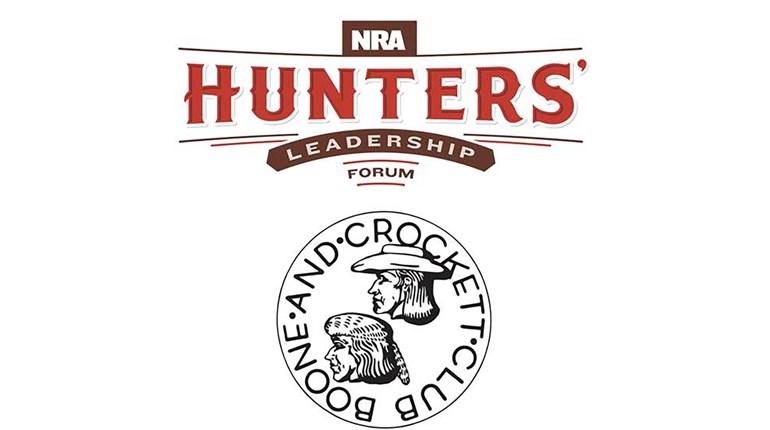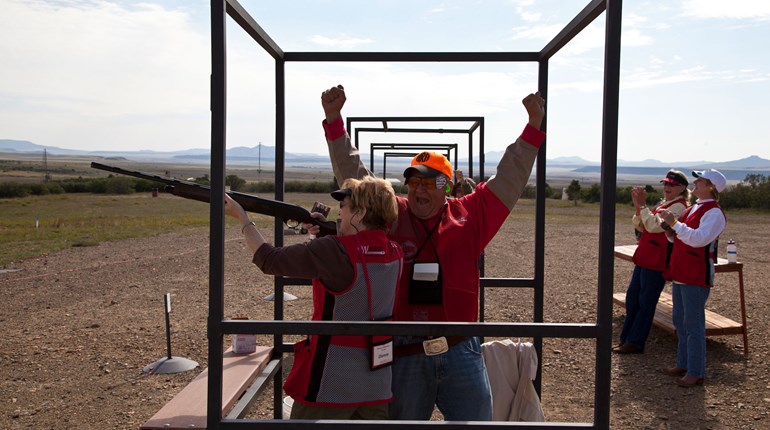
Hunting stories are pretty exciting to read—you have the story of the stalk, the suspense of the shot and then, at the end, you have the tale of the tape. As a little girl I was confused about what people meant when they said their deer was “160 inches,” “200 plus” and so on. I confess that, at the time, I thought they were talking about how tall or how long the deer was, in much the same way that people talk about how many “hands” a horse is. I was wrong, of course: That measurement is a description of the height, breadth and circumference of the deer’s antlers. Those hunters lucky and skilled enough to score on a big deer use those numbers as a kind of shorthand to describe the majesty of an outstanding trophy.
How do they come up with those numbers? For the answers, we must go to the Boone and Crockett Club, the legendary conservation organization founded by President Theodore Roosevelt in 1887. B&C, as it has come to be called, has been scoring and keeping records of trophies since 1902. The goal in doing so was (and remains) to record biological, harvest and location data on North America’s big-game animals as a tool to help further B&C’s “wise use” goals for our animal resources. Their highly respected records books are an historical record of success in conservation and recognize trophies that would otherwise not be living today if it were not for sportsmen-supported game management.
According to the experts at B&C, a trophy must be measured with a ¼-inch-wide steel tape. You begin by counting the number of points on each antler. A “point” is a projection that is at least 1 inch long, and the length must exceed the width once the projection is at least 1 inch long. Then, you measure the “tip to tip spread,” which is the distance between the tips of the main beams (line B). The third measurement is the greatest spread between the outside of the antlers (line C); the fourth is the greatest spread between the inside of the antlers (line D). Of these three width measurements, only the inside spread is added into a buck’s final score. The other two are for reference only.
Next, you start measuring the points and the main beam. You’ll have two kinds of points: normal and abnormal. Abnormal points are the ones that originate from a point, from the bottom or sides of the main beam, or that are extra points beyond the normal pattern of points (like a drop tine, for example). Lastly, you measure the circumference of the antlers. You do this at the narrowest places at certain points along the antlers’ length.
Basically, what happens next is that all of the above numbers are added up to get a final number, but there’s a twist: A lot depends on whether you are scoring your deer as a typical or a non-typical. If you’re scoring the rack as a typical, then the differences in symmetry from one side to the other count against the total score. If you’re scoring as a non-typical, they don’t.
Although any scoring that you do on your own is not “official,” B&C has an online calculator that will help you do this at home (www.boone-crockett.org/bgRecords/scoringyourtrophy.asp). If you’re interested in having your trophy officially scored, B&C has a list of Official Measurers on their website at www.boone-crockett.org.
Now you know what those numbers mean, you won’t make the same embarrassing mistake that I did when I was younger. Always remember, though, that it’s not all about the size of the antlers. Any legal game animal, ethically taken, is a trophy to be proud of!







































